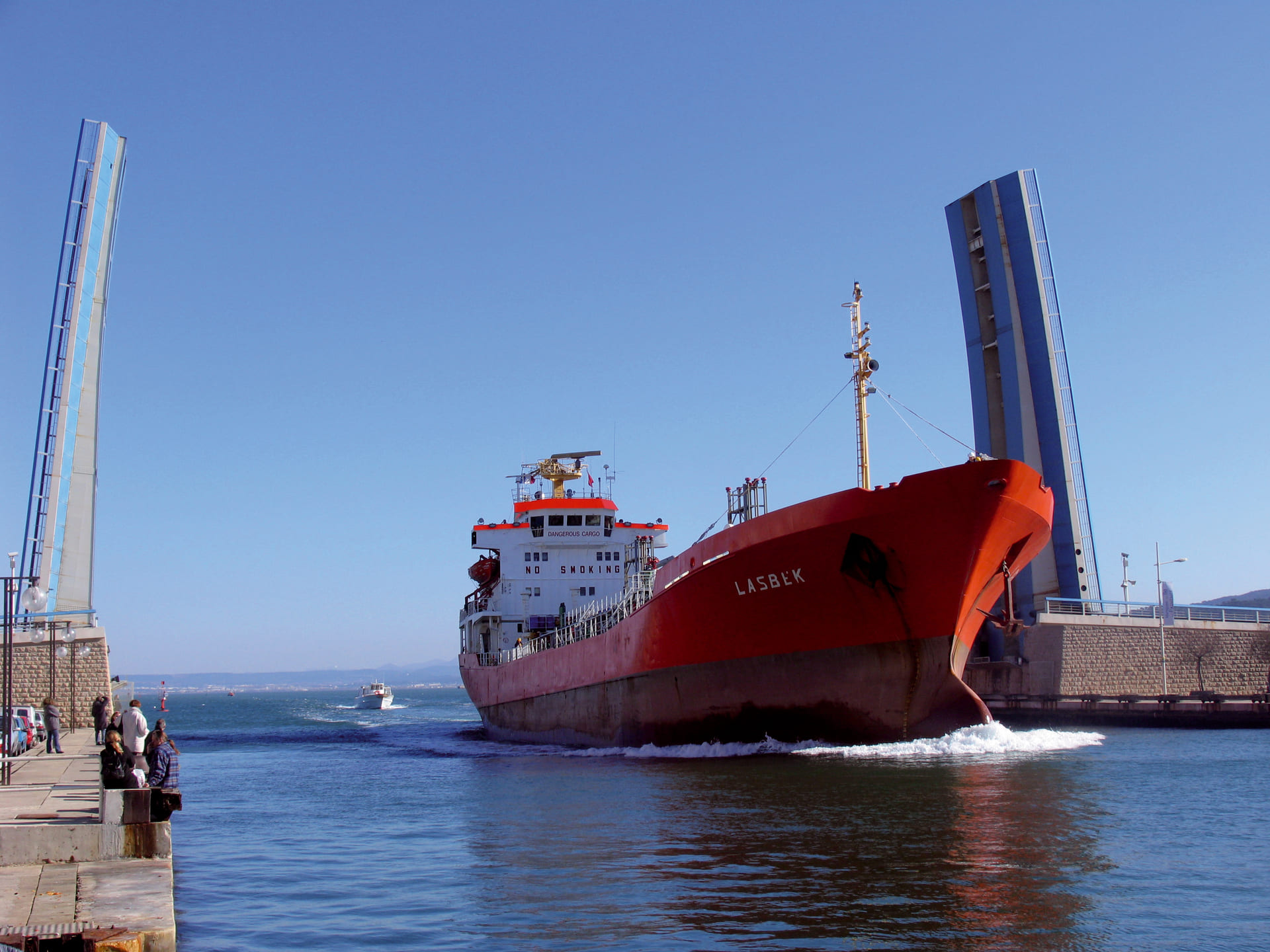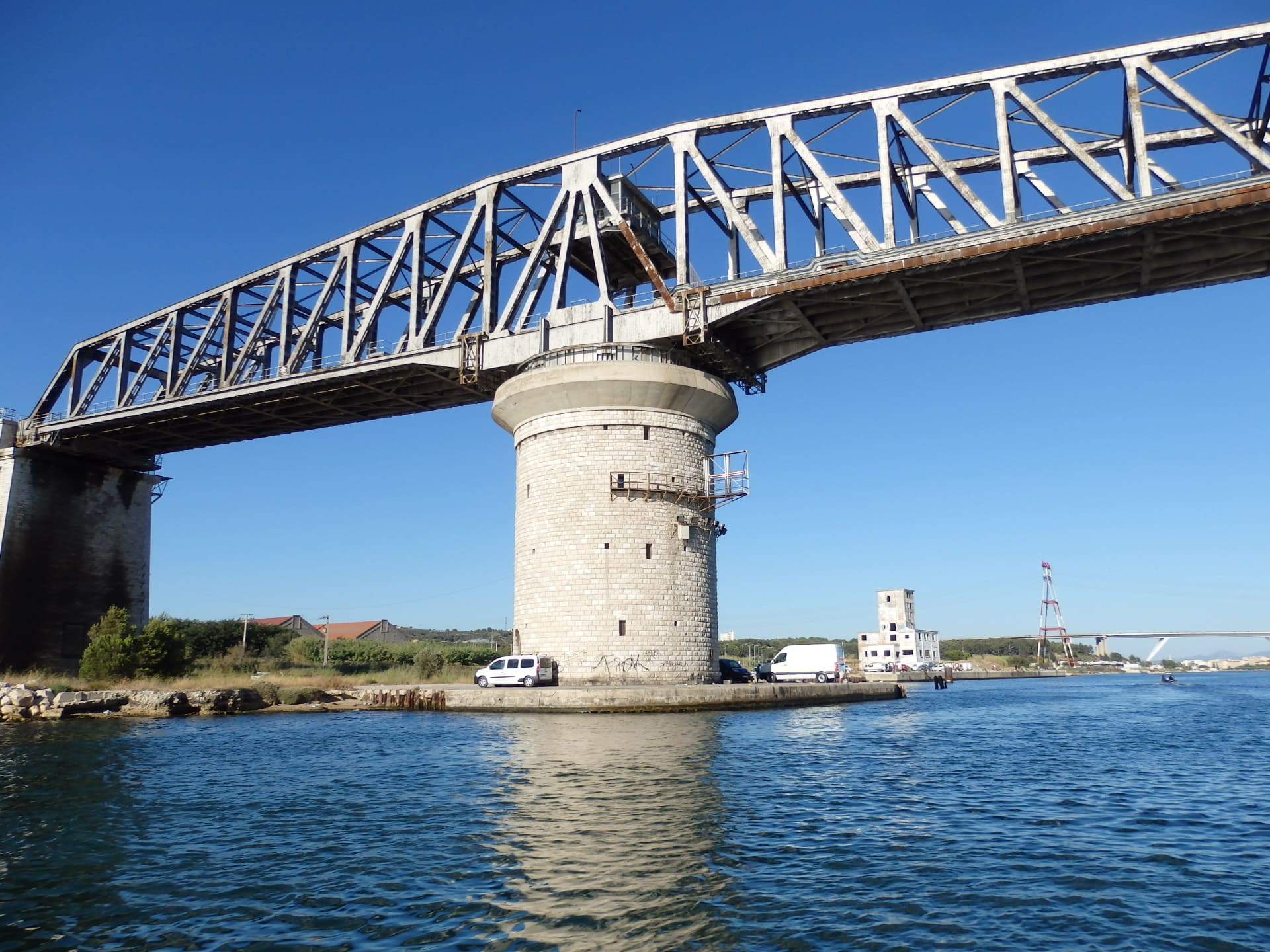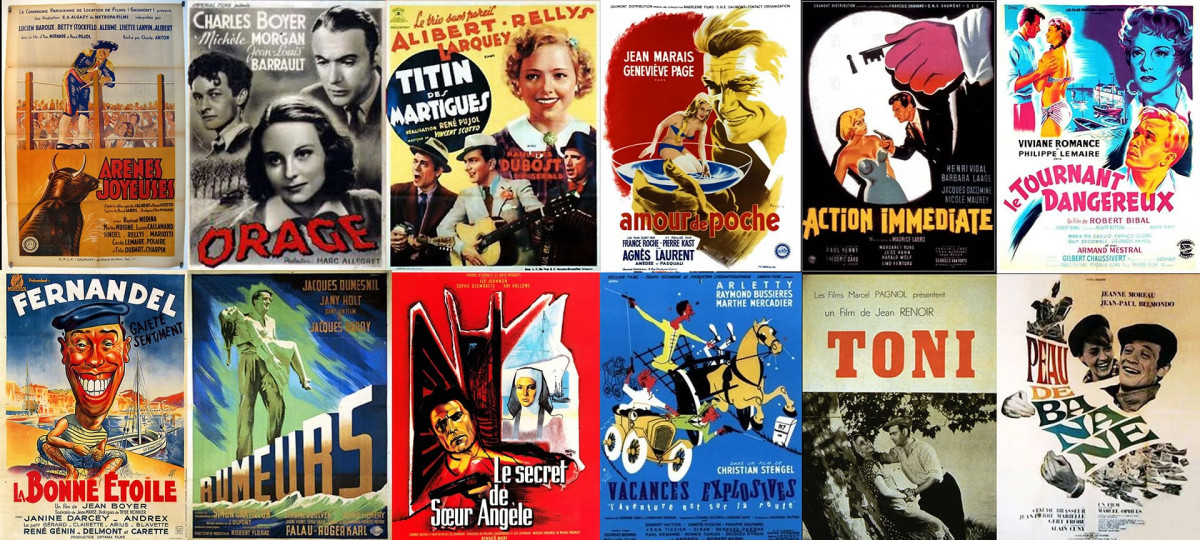Filming locations in Martigues
Martigues counts more than 360 shootings. Films, TV series, brand commercials, video clips.... Provence Studios' film sets are always in action !
Sometimes on a green screen or in converted studios (a morgue, a prison and a courtroom have been reconstructed), it is above all the natural landscapes of Martigues that make it a place sought after by major productions. Taxi 5, Overdrive, Gaston Lagaffe, Les Tuches 2 .... the cinema regularly invites itself to Martigues.
Sometimes on a green screen or in converted studios (a morgue, a prison and a courtroom have been reconstructed), it is above all the natural landscapes of Martigues that make it a place sought after by major productions. Taxi 5, Overdrive, Gaston Lagaffe, Les Tuches 2 .... the cinema regularly invites itself to Martigues.
In the city center, on the shores of the Etang de Berre or on the coast of the Côte Bleue, Martigues is full of atypical places. It is this wealth of unsuspected landscapes that has made it a place sought after by many film directors since the 1960s. Supported by Provence Studios, French (and foreign) cinema is now part of the daily life of "La Venise Provençale".
Downtown Martigues
Martigues is a typical city of Provence surrounded by water. Crossed by its canals, the city connects the Berre lake (the second largest salt lake in Europe) and the Mediterranean Sea. Its colorful facades, its numerous bridges and its flowery alleys make it a pleasant place. The most sought after is the Miroir aux oiseaux, the real heart of Martigues. We find it in the clip of the Jobastres entitled "Adieu Venise Provençale", a cover of Alibert, himself having turned in Martigues in 1935 in the film Arènes Joyeuses and in 1938 in Titin des Martigues.This video clip is representative of the most sought after places in terms of filming: the blue bridges that connect the districts of the Island and Ferrières and the Canal de Baussengue, which offers a beautiful landscape from the statues of the fisherman and the harvester. Its quay (Lucien Toulmond quay) allows you to reach the Pointe de l'Ile (also called Pointe San Crist) with its exceptional view.
The district of the island is also home to the church of Sainte Marie-Madeleine, whose Provencal baroque decorations make it a religious building classified as a historical monument since 1947.
The church is bordered by the Quai Marceau (the Quai Poterne in its continuity) on which is located the house with the gendarme's hat, the main shooting location of the film La Cuisine au beurre with Bourvil and Fernandel (1963).
Not far from there, the Mirabeau square, surrounded by facades with colorful houses, remains a privileged place for film lovers. It was used as a set for the TF1 series No limit produced by Luc Besson.
The Ile district connects the Jonquières district by the Martigues lift bridge. It spans the Galiffet canal which allows many boats, cargo ships and oil tankers to come and go between the Etang de Berre and the Mediterranean Sea. It then flows into the Caronte channel, one of the most sought-after filming locations in Martigues for advertisements and video clips.
Other popular locations for filming series and movies in Martigues : Jardin de la Rode, Pointe de Brise Lame (Place des Aires), Place des Martyrs, Rue de la Chaîne, Place Jean Jaurès.
The district of the island is also home to the church of Sainte Marie-Madeleine, whose Provencal baroque decorations make it a religious building classified as a historical monument since 1947.
The church is bordered by the Quai Marceau (the Quai Poterne in its continuity) on which is located the house with the gendarme's hat, the main shooting location of the film La Cuisine au beurre with Bourvil and Fernandel (1963).
Not far from there, the Mirabeau square, surrounded by facades with colorful houses, remains a privileged place for film lovers. It was used as a set for the TF1 series No limit produced by Luc Besson.
The Ile district connects the Jonquières district by the Martigues lift bridge. It spans the Galiffet canal which allows many boats, cargo ships and oil tankers to come and go between the Etang de Berre and the Mediterranean Sea. It then flows into the Caronte channel, one of the most sought-after filming locations in Martigues for advertisements and video clips.
Other popular locations for filming series and movies in Martigues : Jardin de la Rode, Pointe de Brise Lame (Place des Aires), Place des Martyrs, Rue de la Chaîne, Place Jean Jaurès.
On the outskirts of the city of Martigues
The Caronte channel is the thread leading to the Mediterranean Sea. Its surroundings are home to many buildings, starting with one of the last Calen of France. It allows to reach the oil port and the mineral terminal of Fos-sur-Mer. The Silo visible on the quay is a historical landmark of the city (former Verminck factory). It offers - with the railway bridge in the background - a recognizable landscape. It is here that many video clips are shot. This is the case of the video clip Miné de JuL (2020), remix of Beat it by Michael Jackson.The railway viaduct (also called Caronte Viaduct) used today by the TER Marseille-Miramas via Martigues was featured in the film Toni by Jean Renoir (1935). The viaduct is a gateway to the industrial zone of Lavéra. Industrial settings are still very popular in the film industry; and Martigues offers a double facet that allows for both industrial and natural landscapes.
The thermal power station of Ponteau is recognizable between thousand by its 4 chimneys. This is how the power plant appeared in the advertisement Generation X of the ready-to-wear brand IKKS (2021). The natural space located behind the petrochemical site of Lavéra allows to enjoy these two contrasting and complementary sceneries.
Other industrial sites in Martigues : the oil port of Lavéra, the railway station of Lavéra, the industrial zone of Croix-Sainte and the Fort-de-Bouc (prized for its watchtowers).
On the other side of Martigues, near the Etang de Berre, other natural sites are popular. This is the case of the nautical base of Tholon or the Grand Parc de Figuerolles and its water tower. The wild landscape of Figuerolles beach was chosen by the team of the series Plus Belle la Vie (broadcast on France 3) to shoot a feature film in the spring of 2020 where the adventurers were stranded on a deserted island.
On the coast of the Côte Bleue
Even wilder, the Blue Coast offers exceptional landscapes. At the same time limestone, green and crystalline, the Côte Bleue allows to vary the real shots. The coastal path, which joins the Port de Ponteau to the Anse de Boumandariel (at the entrance of Sausset-les-Pins), crosses the fine sandy beaches of Carro, La Couronne and Sainte-Croix (Martigues).From North to South, from West to East, the film crews put down their luggage at the restaurant La Caravelle (Port de Ponteau), at the Anse des Laurons (between Ponteau and Carro), near the German blockhouses that can be found on the Loop of Military Remains path, at the Port of Carro (and its fish market), at the ancient quarries of Baou Tailla and those of Verdon, at the Couronne Vieille cove, at the Port des Tamaris and finally, at the Boumandariel cove.
Below the path, the beaches of Verdon (La Couronne), La Saulce and Sainte-Croix are very popular. The beach of Sainte-Croix with its chapel on the heights offers an exceptional landscape. It is in particular this part of the Côte Bleue that the Camping Paradis team chose to shoot its episodes all year round. You will certainly recognize the sandy beach of Sainte-Croix, the half-red / half-white lighthouse in the background and the campsite reconstituted all year round.
The roads to reach these natural jewels are also solicited. This is the case of the films Overdrive by Antonio Negret (2017) or Overdose by Olivier Marchal (2022) having been shot respectively on the departmental roads D5 (between Carro and Martigues) and D9 (highway of the Côte Bleue).
Affinity links
From Toni to Serpent Queen, including Camping Paradis, La Stagiaire and Caïd, the Martigues region has become a major player in the film ...





